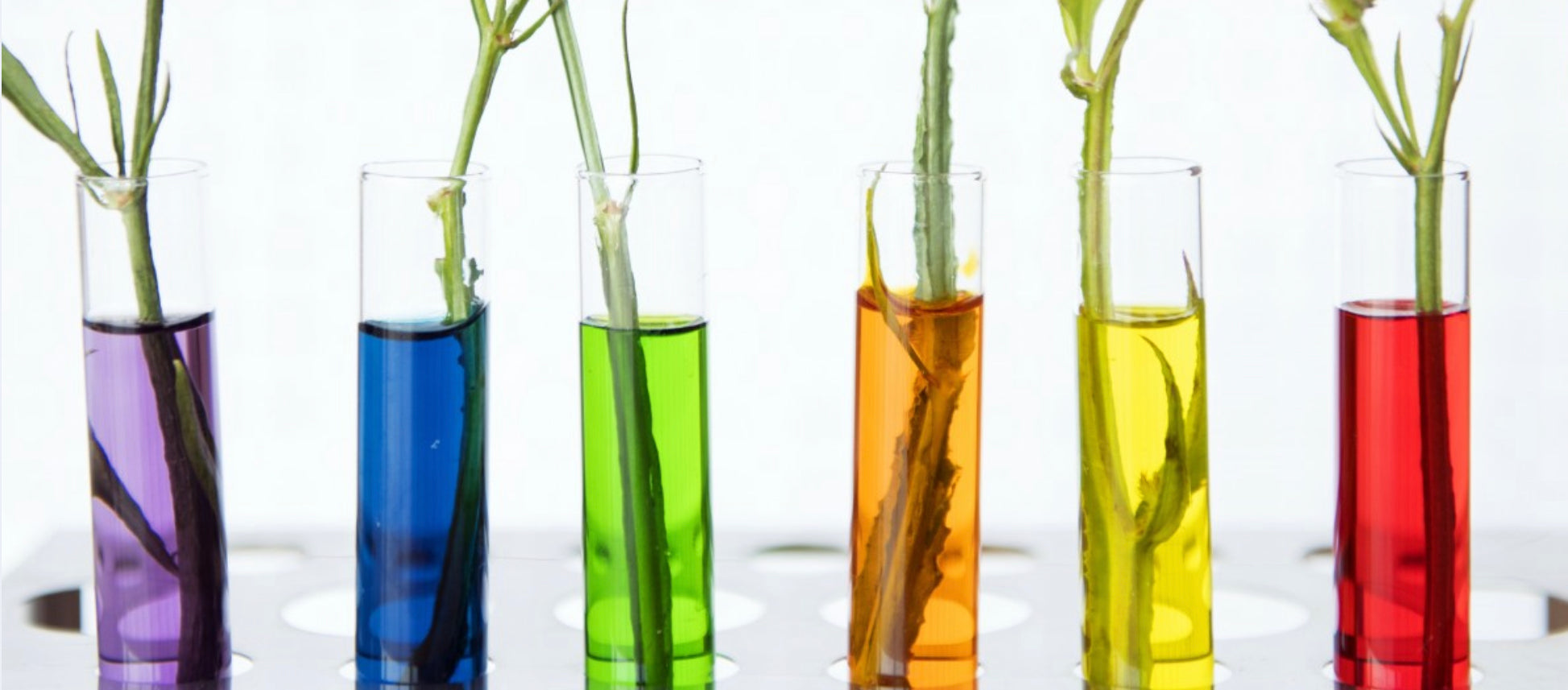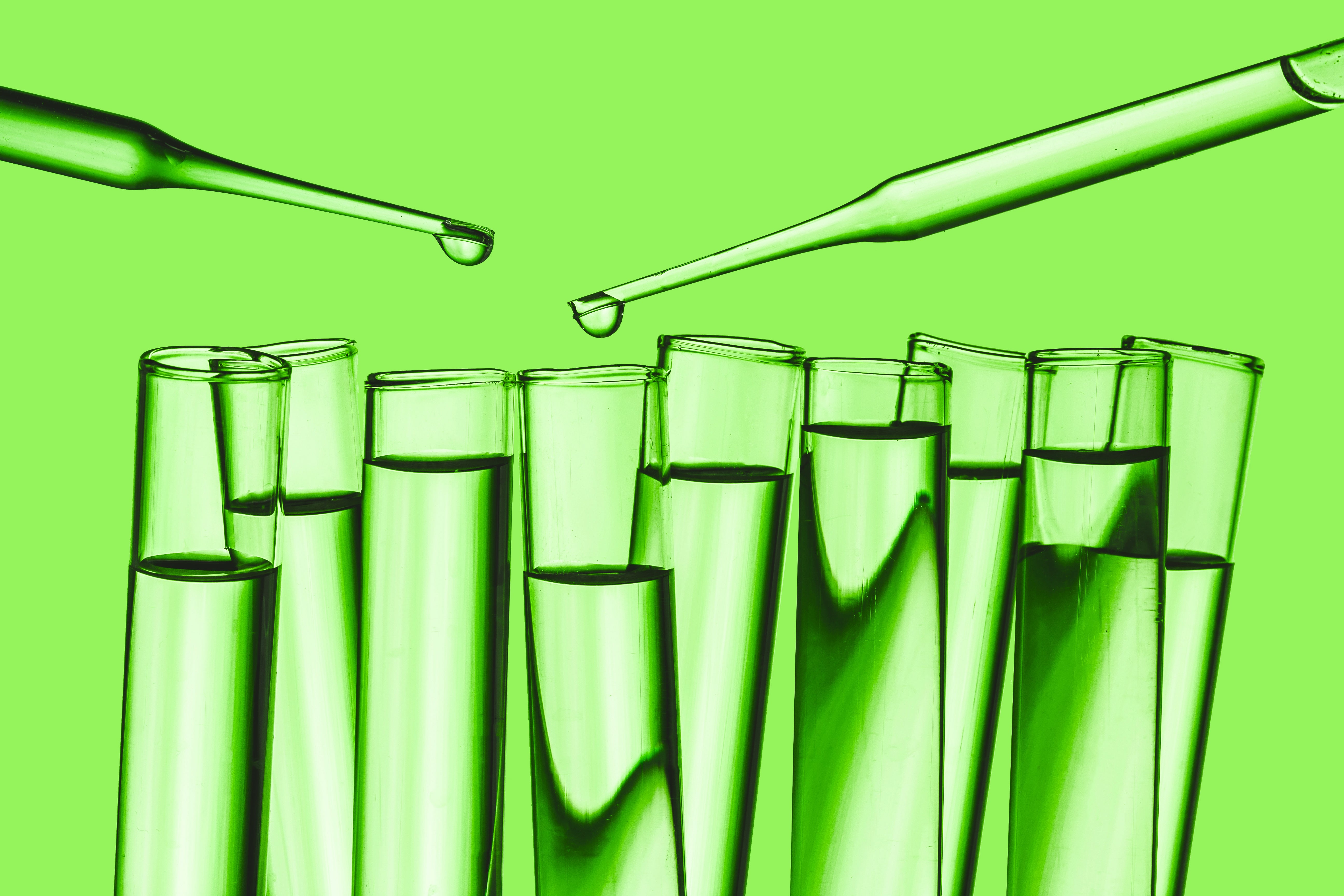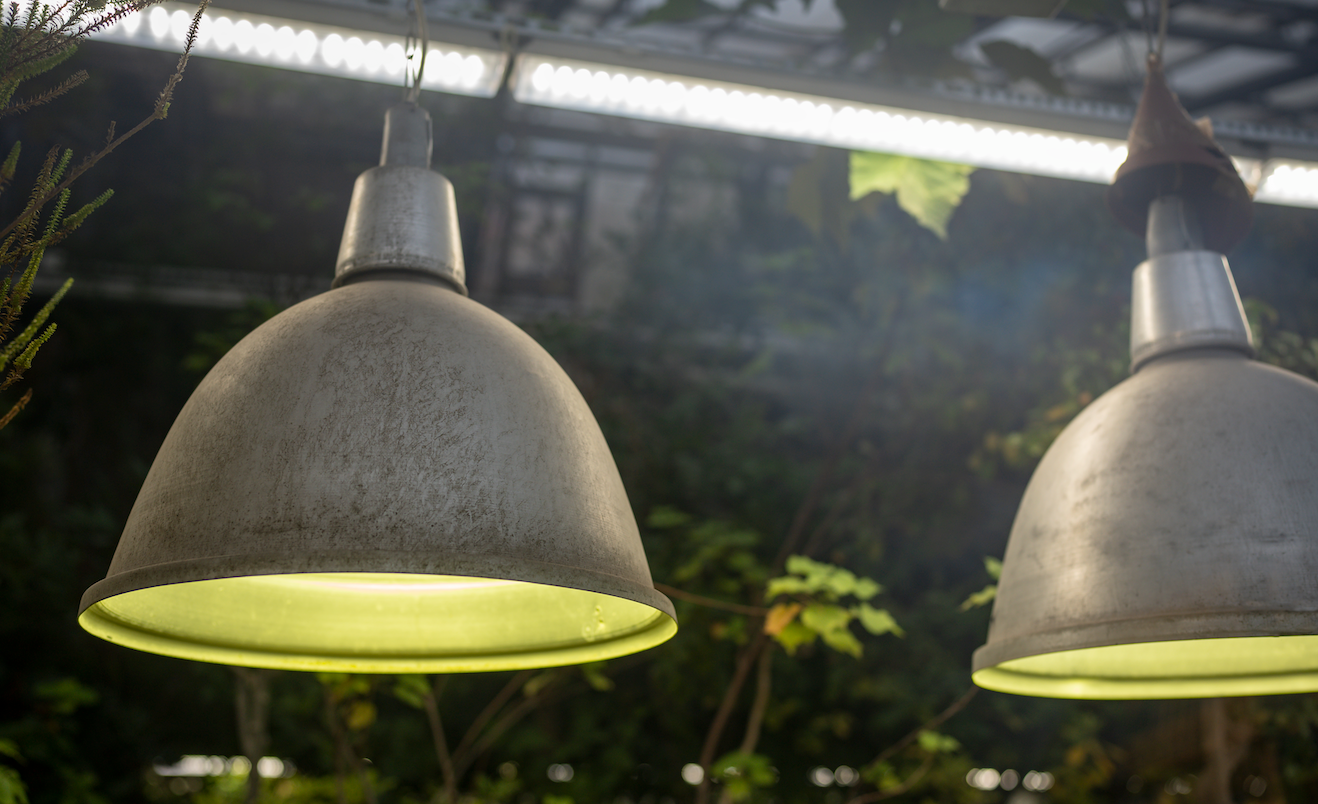Increase Yield In Your Hydroponic Garden
Tips and Techniques to Increase Yield in Hydroponic Gardening
When you grow vegetables, fruits, or herbs, you want them to be fruitful and produce a decent yield. Yield is a term that refers to how much crop you harvest in an amount of space—it’s the number of vegetables or fruits that are produced by your plants. Hydroponics is excellent for giving a really good yield, and typically much better than you’d get if you grew the same plants in soil. The key reason for this is that hydroponics takes the nutrients straight to the roots of plants, and this enables the plants to grow fast. But there are still more ways to increase yield!
These tips and techniques will help you increase yield and grow bigger, stronger, and healthier plants:
-
First of all, ensure you have the right hydroponic system for the plants that you want to grow. Our article on best vegetables for hydroponics covers which plants are better suited for different types of hydroponic systems—you can find it here. Also, make sure that the plant pot sizes are correct for the type of plant that you’re trying to grow.
- Have grow lights—this will help provide more UV rays for your plants, and it will help photosynthesis to occur, which causes plants to grow. Plants will grow swiftly, produce sugar, and when the grow lights are switched off (by a timer), they will flower and then fruit. Plants tend to like blue light when they’re in a vegetative stage, but they like red light when they start to flower.
- Prune plants—get rid of any dead or dying parts of plants because they use nutrients, which is a waste, and by getting rid of these, plants can focus on growing new leaves, buds, and branches instead.
- Check temperature—ensure that it is not too cold for your plants to grow. The ideal temperature for hydroponics is between 65 and 80°F (18–27°C). If it’s too cold, plants won’t grow. If it’s too hot, you may get brown bits on the leaves, and your plants may wilt.
- Keep a journal/log—it’s really useful because there are so many variables that can impact hydroponic gardening, and it can help you keep track of the times where your plants have produced an incredible yield, and other times where it hasn’t worked so well, and you can analyze this and see what the differences are. You can check the nutrients you used, the water amount, pH levels, how much light your plants got, and general plant health. With time, you’ll become an expert and be able to tweak and refine your hydroponic gardening techniques for optimum results.
- Check water—you need to be checking whether your plants have enough water. It’s crucial because if your plants don’t get enough water they will dry out and not get enough nutrients. With too much water, they won't get the oxygen they need, and the roots may rot. Look at the leaves before and after adding water to the reservoir, and look whether they seem perky or are wilting. The best water for hydroponics is filtered or distilled water. Water quality is important too, so make sure to check the pH levels daily with a pH meter. It should ideally be between 5.5 and 6.5, but it depends on what plants you’re growing, as some plants may need a different pH level.
-
Get a good quality nutrient formula that is tailored to your plants’ needs.
- Ensure the nutrient solution is oxygenated—put plenty of pumps and air stones in the reservoir so that the nutrient solution is filled with air bubbles that can oxygenate the plants.
-
More plants equals more yield—it seems so obvious, but many people often forget about simply expanding their garden and planting more plants. If you simply add 2 more plants for every 10 plants that you have, this would increase your yield considerably. You can often make more space by using vertical hydroponic systems.
-
Measure VPD values—this is a more advanced tip. You can measure VPD, which stands for vapour pressure deficit, and what this means is how much water is inside your plant that wants to escape into the air. If your plant has a high VPD, this means the plant will try to get water from the atmosphere and may be prone to drying out. The VPD of a plant will differ depending on what stage of the growing cycle the plant is in. You can regulate VPD by changing the temperature and humidity of the environment (which is why it’s important to mist plants each day). You can measure plants’ VPD by measuring the temperature of a leaf. The temperature should ideally be around 75ºF (24ºC), and the humidity will vary depending on the age of your plants. When they are in vegetative state, it should be 70% relative humidity (RH), and when they are larger plants in bloom, it should be 50% RH.
- There are other things you can do, such as using a fertigation system (this means injecting fertilizers into the irrigation system) or a CO2 generator, but I would personally check that the other tips above are followed first before going down either of these routes. CO2 generators can be dangerous if you’re not fully experienced with them, so certainly if you are a beginner to hydroponics I would avoid this—they can cause fires and explosions, kill off your plants, ruin your garden, put your health and safety at risk, and cause damage to the structure of your house, so with all these dangerous things involved with a CO2 generator I would personally avoid this and stick to the other options.
For more great content check out the Proponics YouTube channel below!

By Max Barnes
Max Barnes is a long-time homesteader and author. Max grows the majority of his own food year-round using a variety of different methods, including hydroponics. Hydroponic gardening plays a huge part in his homestead and self-sufficiency goals.




